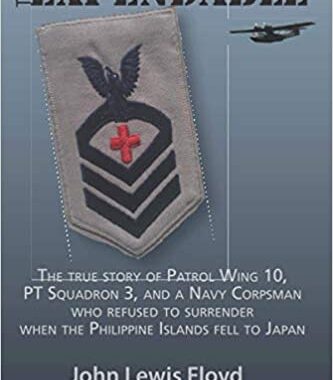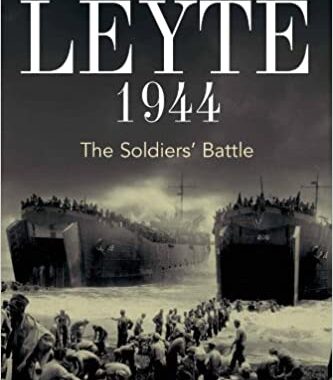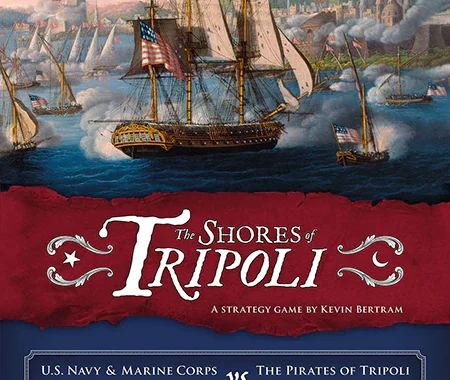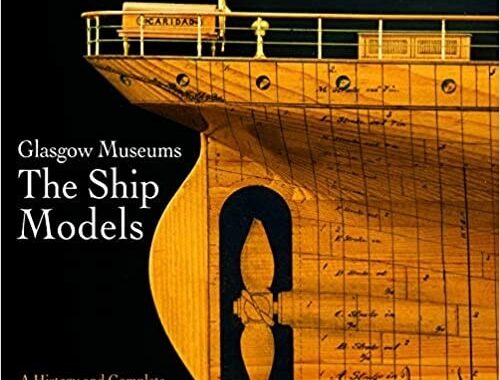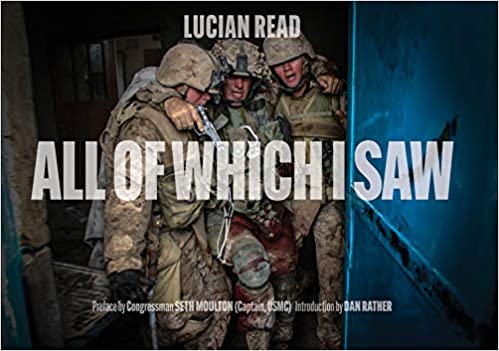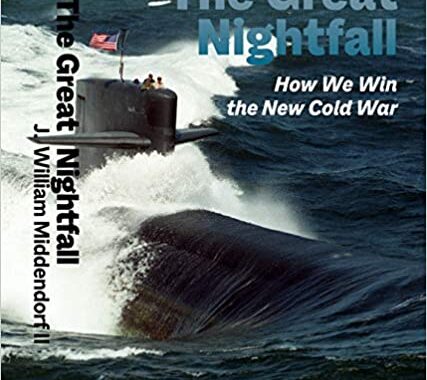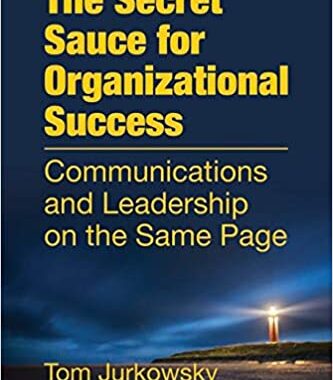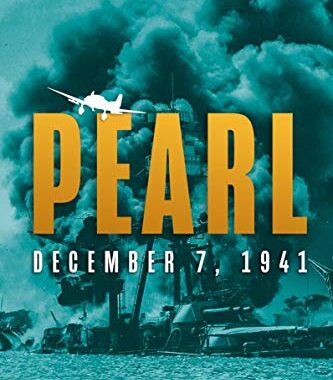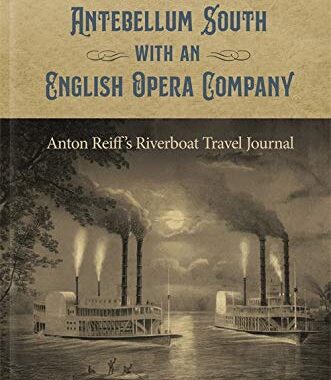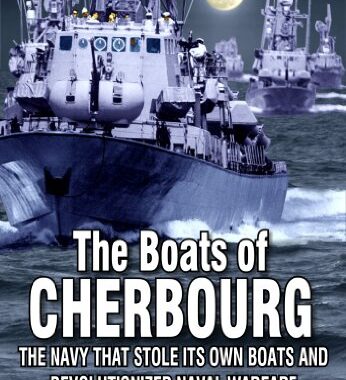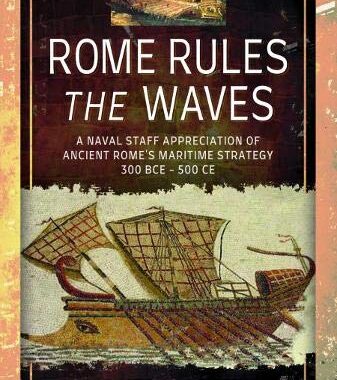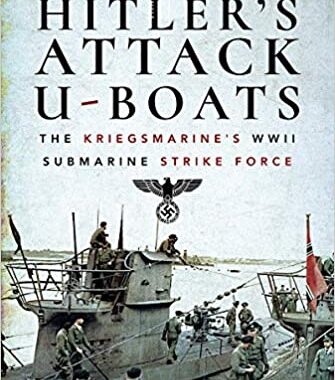The Expendable: The true story of Patrol Wing 10, PT Squadron 3, and a Navy Corpsman who refused to surrender when the Philippine Islands fell to Japan
Reviewed by David F. Winkler, Ph.D. Earlier this year I had the pleasure of reviewing The Silver Waterfall: A Novel of the Battle of Midway by retired Captain Kevin Miller, I praised the value of well researched historical fiction as an effective means to convey past events to the reader. In The Expendable, author John

